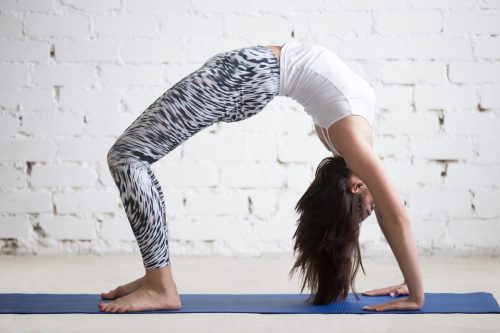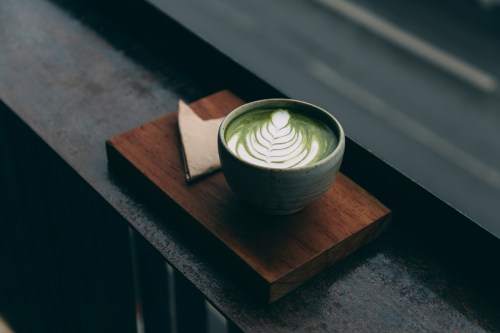No one ever really masters a yoga pose. Even the greats still make tiny tweaks to strengthen their practices, and for many, learning how to close the rib cage is one of those. Despite consistent cues from instructors, it’s not always so easy in practice.
Tucking in your ribs is code for “engage your core,” says Lindsay Pirozzi of New York City’s Y7 studio. “It’s important to knit or close the lower ribs together to help lengthen the spin and also take the curves out of the lumbar (lower) and thoracic (upper) spine,” she says. “Drawing the ribs closer together activates your core muscles and protects your spine health.”
John Kasten, dancer, gymnast, and co-founder of The Beta Way, agrees. “The ‘ribs in’ cue is what I use to help people stay aware of keeping their core contracted,” he says.
According to the two movement experts, the tendency to flare the ribs happens most commonly in handstand (which is done in CrossFit and other strengthening regimens apart from yoga), mountain pose, chair pose, high lunge, Warrior II, and goddess squat. So when you’re in any of these poses, you’ll want to pay special attention to the state of your mid-section.
Pirozzi recommends teaching your body what the proper movement pattern feels like. “What helps my students the most is to feel it out of alignment first, to flare the ribs by sticking out the chest in an exaggerated fashion, then feel the difference when you draw them in toward the midline,” she says. Kasten says that you can also lie on the floor and place your hands directly on your ribs to feel the difference.
Over time, your body will naturally make the adjustment for you as move from pose to pose, and even take your workout to the gym, dance studio, and beyond. And the benefits abound. According to Pirozzi, a core that’s present in every movement will help you move with more control and “float” through your practice.
In other words, it will help you dive deeper into your yoga practice.
Here’s how to really work your core:
Here’s why you should really, really try crisscrossing your downward dog. Plus, the style of yoga that fits your unique personality.
Sign Up for Our Daily Newsletter
Get all the latest in wellness, trends, food, fitness, beauty, and more delivered right to your inbox.
Got it, you've been added to our email list.










